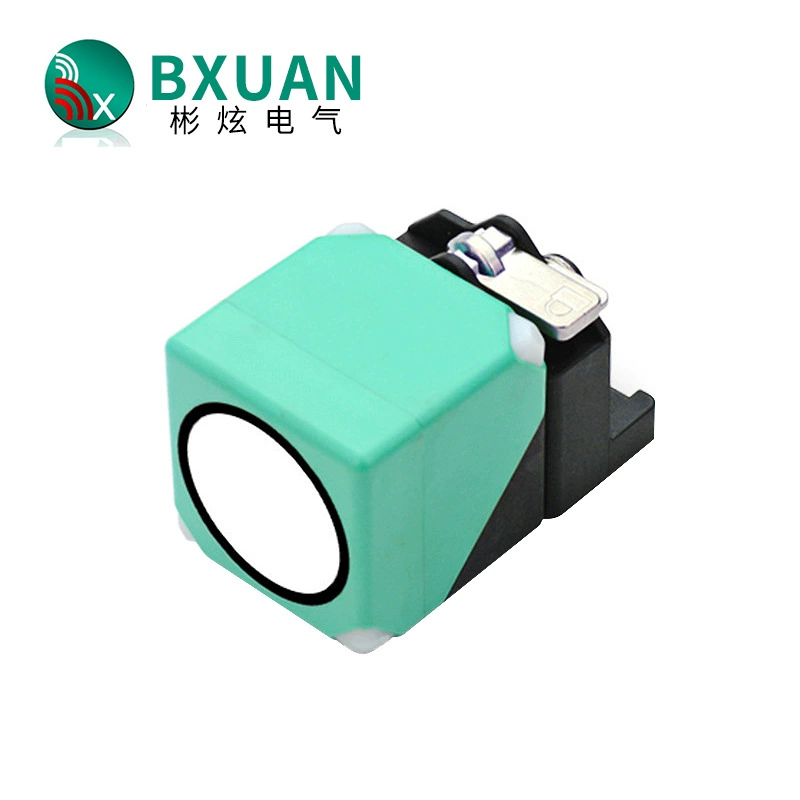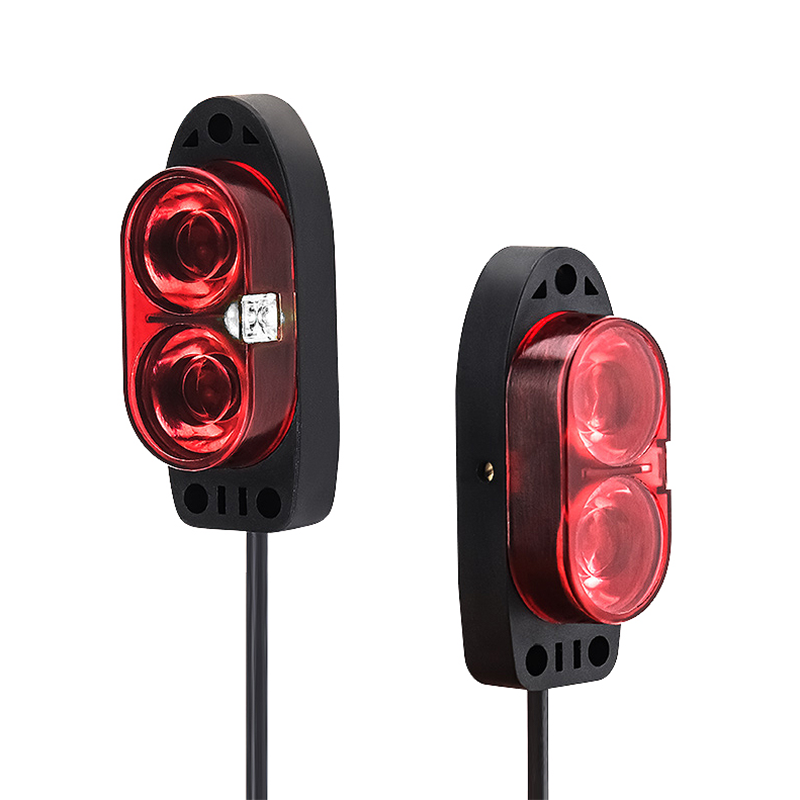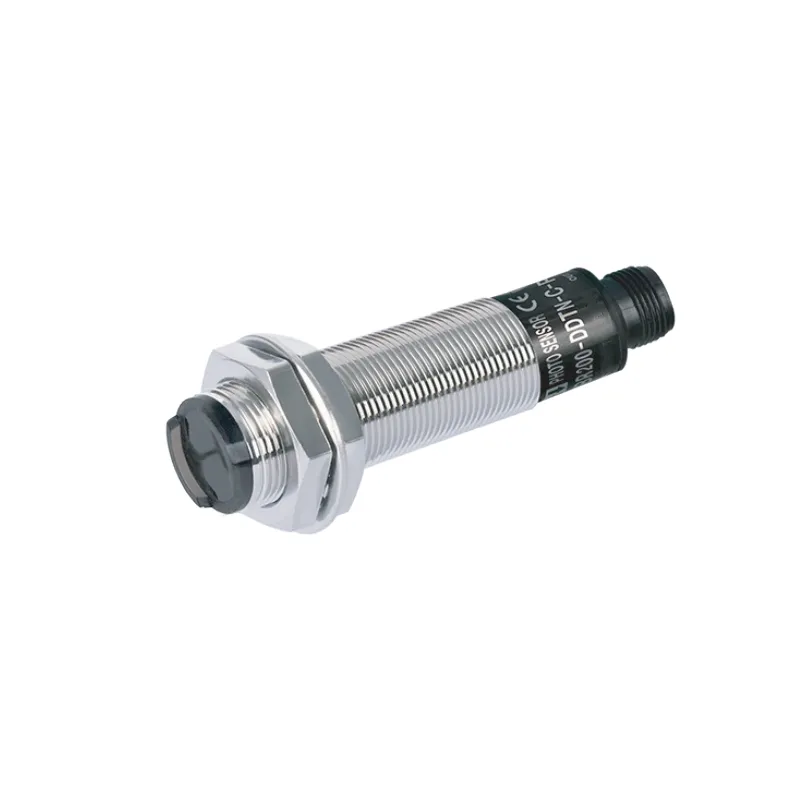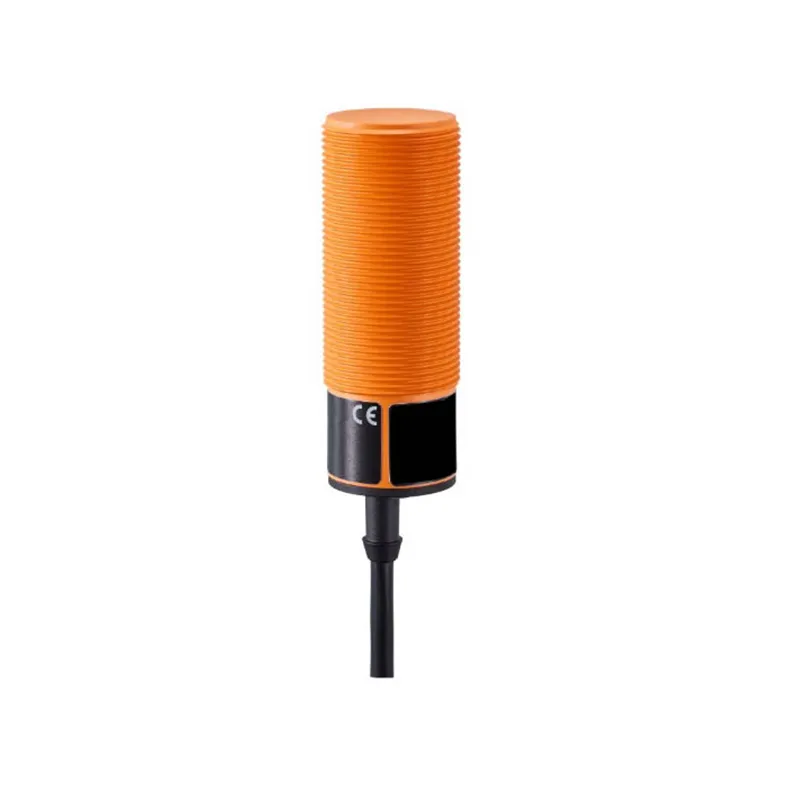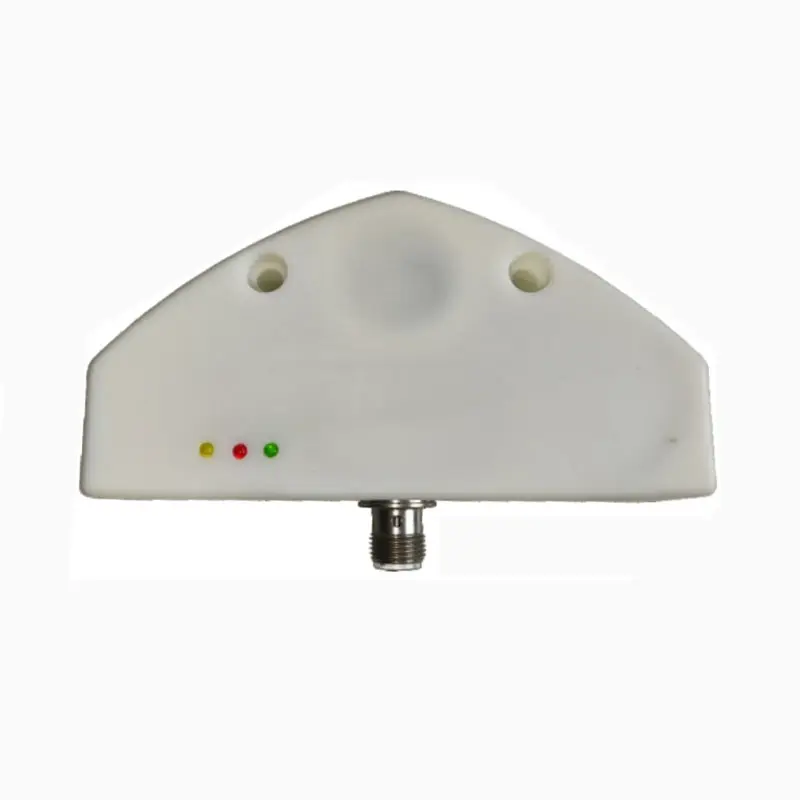sensor ng propimidad photoelektriko
Ang isang photoelectric proximity sensor ay isang sopistikadong device na deteksyon na gumagamit ng mga sinag ng liwanag upang matukoy ang presensya, kawalan, o distansya ng mga bagay nang hindi kinakailangang makipagkontak nang pisikal. Pinapatakbo ito sa pamamagitan ng paglalabas at pagtanggap ng liwanag, at kasama nito ang infrared o nakikitang pinagmumulan ng liwanag na gumagana kasabay ng isang photoelectric receiver. Kapag pumasok ang isang bagay sa detection zone ng sensor, nahaharangan o pinapabalik ang sinag ng liwanag, na nag-trigger sa output ng sensor. Ginagamit ng teknolohiyang ito ang iba't ibang paraan ng deteksyon, kabilang ang through-beam, retro-reflective, at diffuse sensing modes, na bawat isa ay angkop sa iba't ibang aplikasyon. Mahusay ang mga sensor na ito sa mga sitwasyon na nangangailangan ng mabilisang deteksyon at kayang gumana nang epektibo sa malalaking distansya, kaya lubhang mahalaga sa modernong industrial automation. Ang kakayahang tuklasin ang mga bagay na gawa sa iba't ibang materyales, kulay, at sukat, kasama ang kanilang pagiging immune sa electromagnetic interference, ay nagpaposisyon sa kanila bilang maraming gamit na solusyon para sa maraming industrial na aplikasyon. Mayroon ang mga sensor na madaling i-adjust na sensitivity settings, na nagbibigay-daan sa eksaktong calibration para sa tiyak na operating environment, at kadalasan ay may built-in na proteksyon laban sa interference ng ambient light. Kasama rin sa modernong photoelectric proximity sensor ang mga advanced na feature tulad ng digital display, maramihang opsyon sa output, at self-diagnostic capabilities, na nagagarantiya ng maaasahang operasyon sa mga mapanganib na industrial na kapaligiran.


